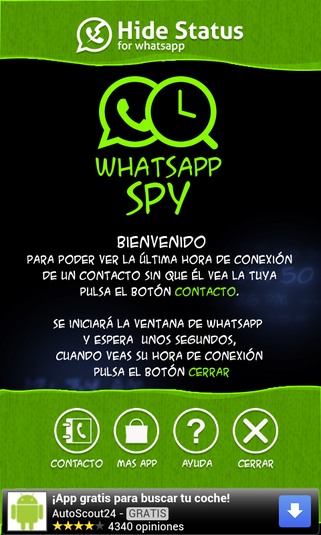

Tick the Connect CD/DVD Drive option so that the drive is connected to the VM at startup then close the Settings screen. Select Choose a disc or disc image… from the dropdown.īrowse to the location of the Ubuntu image located on your Mac, then click Open. What I did was boot up a linux disk, and choose Use the whole disk This will erase the whole disk and put Linux on it.
#Should you install linux on mac air windows 7
Also, you can also duel boot Windows 7 or XP as well. We’ll do that now by clicking on CD/DVD (SATA). I have found perhaps the easiest way to install Linux on a mac, with having to install OSX on a seperate hard disk and go about having to install refit.
#Should you install linux on mac air iso
We also need to attach the Ubuntu ISO to the CD/DVD ROM drive so that when you power on the VM, the installer is loaded. Let’s reduce the memory by clicking on Processors & Memory.Ĭhange the amount of memory to 512 MB, which is the minimum requirement for Ubuntu 18.04, then click Show All to view all the settings again. In the Mount Point drop-down, select forward slash and click OK. In the Use as drop-down, select ext4 journaling file system. The virtual machine Settings screen will load, and from here, we can change the virtual hardware before powering it on. Plug the bootable Linux USB drive into your Mac.

Give the virtual machine a name, for example ubuntu, select a location on your Mac to save its files, then click Save. Select Create a new virtual disk then click Continue. Leave the firmware on Legacy BIOS then click Continue. Select Linux > Ubuntu 64-bit then click Continue. Select Create a custom virtual machine then click Continue. VMware Fusion 11.5 * using the alternative download of Ubuntu Server 18.04. The steps in this tutorial have been tested on Here is what I did: First I made a fresh install of El Capitan 10.11.1 after repartitioning the internal drive to 1 partition with a GUID partition. The install was successful, the big problem is the Broadcom wireless card though.

VMware Fusion * installed on your Mac and have downloaded the Ubuntu Server ISO. I set up a MacBook Air 2013 from scratch and tried to install Kali Linux 2.0.


 0 kommentar(er)
0 kommentar(er)
